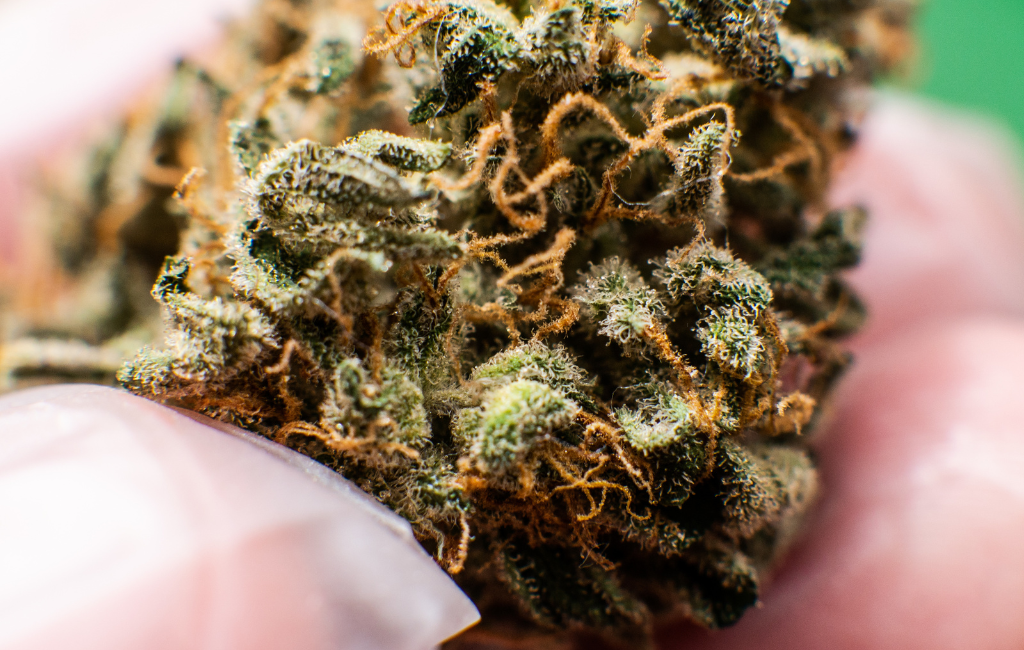THCa Flower Explained for Beginners
Understanding the world of cannabis can be daunting for newcomers, especially with the myriad of terms and products available. One such term that often arises is THCa flower. This article aims to demystify THCa flower, providing a comprehensive guide for beginners.
What is THCa?
THCa, or tetrahydrocannabinolic acid, is a non-psychoactive cannabinoid found in raw cannabis plants. Unlike THC, which is well-known for its psychoactive effects, THCa does not produce a “high” when consumed in its natural state. This makes it an intriguing compound for those interested in the potential therapeutic benefits of cannabis without the intoxicating effects.
How THCa Converts to THC
THCa transforms into THC through a process called decarboxylation. This chemical reaction occurs when cannabis is exposed to heat, such as when smoking, vaping, or cooking. The heat removes a carboxyl group from THCa, converting it into the psychoactive THC. This conversion is why raw cannabis does not produce the same effects as heated cannabis.
Benefits of THCa
Research into THCa is still in its early stages, but preliminary studies and anecdotal evidence suggest several potential benefits:
- Anti-inflammatory properties: THCa may help reduce inflammation, making it a potential option for those with inflammatory conditions.
- Neuroprotective effects: Some studies indicate that THCa might protect brain cells, which could be beneficial for neurodegenerative diseases.
- Anti-emetic properties: THCa may help alleviate nausea and vomiting, offering relief for individuals undergoing treatments like chemotherapy.
- Appetite stimulation: Similar to THC, THCa might help stimulate appetite, which can be beneficial for those with appetite loss.
How to Use THCa Flower
There are several ways to incorporate THCa flower into your routine, depending on your preferences and desired effects:
- Raw consumption: Consuming raw cannabis, such as in smoothies or salads, allows you to benefit from THCa without converting it to THC.
- Juicing: Juicing raw cannabis leaves and flowers is another method to intake THCa while preserving its non-psychoactive properties.
- Topicals: THCa-infused creams and balms can be applied directly to the skin for localized relief.
Legal Considerations
The legal status of THCa flower varies by region. In some areas, THCa is considered legal as long as it remains in its non-psychoactive form. However, once it is decarboxylated into THC, it may fall under different legal restrictions. It’s crucial to understand the laws in your area before purchasing or using THCa products.
Case Studies and Research
Several studies have explored the potential benefits of THCa. For instance, a study published in the “British Journal of Pharmacology” highlighted THCa’s anti-inflammatory properties. Another research article in “Neurotherapeutics” discussed its neuroprotective effects. While these studies are promising, more research is needed to fully understand THCa’s potential.
THCa vs. THC: Key Differences
Understanding the differences between THCa and THC is essential for making informed decisions:
- Psychoactivity: THCa is non-psychoactive, while THC is known for its mind-altering effects.
- Consumption methods: THCa can be consumed raw, whereas THC typically requires heating to activate its effects.
- Legal status: The legality of THCa and THC can differ significantly depending on local regulations.
Conclusion
THCa flower offers a unique opportunity for those interested in exploring the benefits of cannabis without the psychoactive effects of THC. With potential anti-inflammatory, neuroprotective, and anti-emetic properties, THCa is gaining attention in the cannabis community. As research continues to evolve, understanding THCa’s role in cannabis consumption will become increasingly important for both medical and recreational users.
